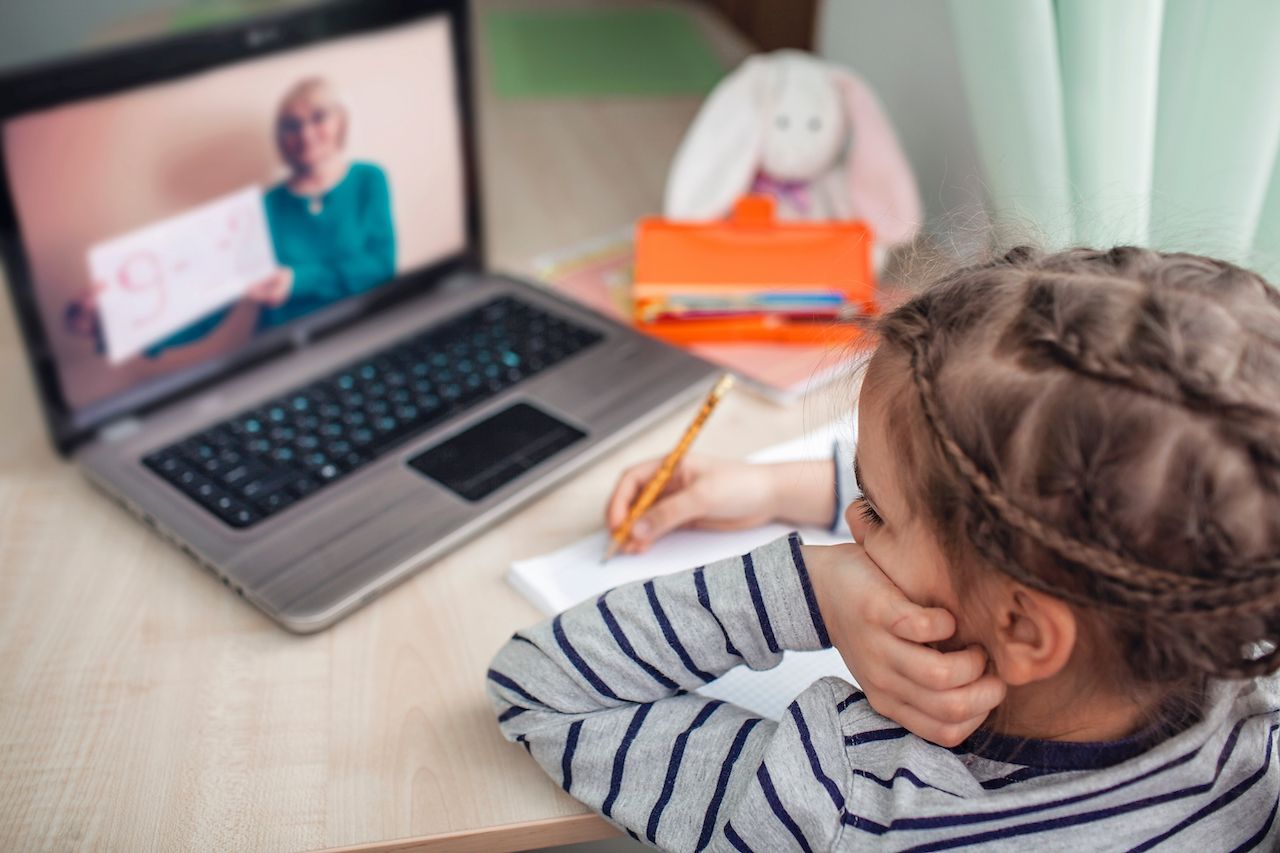The coronavirus pandemic is teaching humans all kinds of new things. How to occupy our Saturday nights when the bars are closed, how to get creative with at-home gym workouts, mastering the art of a social-distancing happy hour. In addition to teaching us these new skills, the virus is also changing the way we teach each other. With most schools around the country closed through the end of the year, learning has gone virtual. That’s new and potentially terrifying territory for many teachers who are accustomed to traditional classroom-style learning.
From kindergarten to universities, spring 2020 is the semester of online learning. That means teachers must not only worry about lesson plans and student engagement — already a monumental task — but also become technology wizards. While this poses a series of challenges, it’s also inspiring teachers to get creative with their new digital medium and explore the innovative possibilities of online learning that may endure long after this crisis is over.

